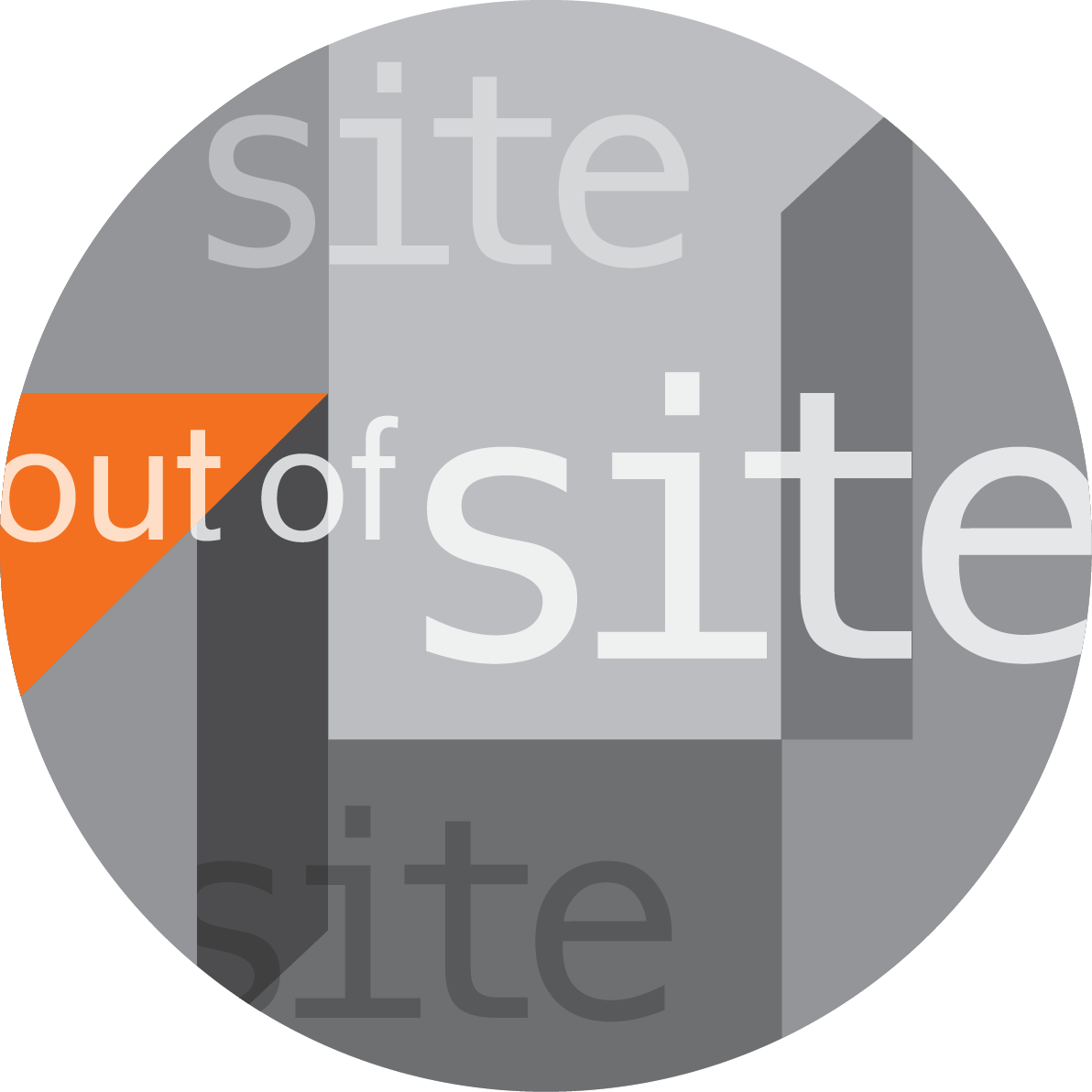“Sit comfortably in your chair”
Dr Anna Dako lecture review by Eleni Kolliopoulou
Photo credit Ronald Dako
Sit comfortably in your chair. Feel your sit bones. How does your back stretch towards the sealing? Observe.
Carefully watch your surroundings: your sight does not end within the screen.
Focus on the smell that exists around you.
Connect to the audio of the space.
Connect to your own breath.
Breath is a metaphor for the bi-lateral directionality of life. Inside the body, outside the environment.
Use the breath as an intuitive tool to inquire upon the current state of your body/mind. How are you feeling right now? How is your spine’s strength and flexibility changing throughout the breathing process?
take time - Make time.
Dr Anna Dako guides us to the actual experience of felt thinking smoothly. Availing of the virtual space that offers a degree of safety and anonymity, we are invited to take a couple of minutes to enter a more experiential connection with ourselves and other life-forms through time/ space.
In her lecture, Anna invites us to embody and contemplate all those different frequencies that we are constantly tuning to. She pays attention to simple things that are already there, but we almost constantly take them for granted, such as the earth itself.
‘It is because of earth’s pull that I am able to push’.
Without the pull of the earth, we cannot walk. The earth is always there spread to support our weight, waiting for us to walk. We could perhaps start envisioning these small-scale daily exchanges as an ever-changing dialogue with the world.
Without even noticing, we are taken by Anna to an experiential immersion to the methodology of creative thinking. We are made to wonder what is different between thinking and felt thinking to finally realize that their main difference is that the ‘thinker’ is mindful about what surrounds them.
In other words, Felt Thinking is relational by nature. It cannot contemplate only the perceiver but also the perceived in a three-fold connectivity amalgam.
As the lecture comes to its end, I cannot avoid the realization that Anna’s gentle and deep suggestions of a Felt Thinking methodology resonate intrinsically with Out of site’s problematizing of the notion of site and our growing loss of access in it due to contemporary forms of colonization and earth domination.
Thank you, Anna, for taking us down to a slow stream.
It is true that we are all creative, and we can use those sides of ourselves.
Hopefully we can start learning through being a bit more attentive.
Highlights from the Q&A with Anna…
Chronic pain led me to somatic understanding. My stomach is very mindful. The body will tell you what it needs outside of the logic of large culture. It is a lot about understanding the context, our body is an open system, even if we have skin that encloses our inner organs, we are in relation to what surrounds us.
Anna comments that listening can become a little overwhelming… Sense of hearing and soma, visceral thinking, step out the visual culture. We are so active visually and we do not give the same space to the rest of our senses.
How far can you hear?
‘In felt thinking I am teaching about how you sense movement. If you slow down, you can relate through different time-spaces.’
Where does (my) art come from? Which is the motivation for an artist? It comes from intent/ internal space, but it is also responding to what is outside myself. Being open to the external as well as to the internal environment. It is first and outmost a response, but it contains the intuitive knowledge that this feels right, and this is not.
Ektodermic, endodermic and mesodermic: The embryo is created from those formations. Three dimensions that are not progressively advancing from one on another, they all exist at the same time, they feed one another. As reality is happening at the same time and is not linear as our conscious thinking and language.
How do we travel within ourselves and around ourselves, how open we can be? This is also linked to the concept of authenticity. When we shift the frame, we shift what is there. We are taking an object from outdoors and dislocating it and then it acquires a new meaning.
For example, we feel great when we step out from the forest but how does the forest feel about it? How does the forest benefit from this interaction? (see also Anette Arlander, ‘Performing with trees.’)
Footnote: According to Anna, three types of connectivity exist: a. the horizontal meeting which refers to a full-senses inquiry of the other. b. the dynamic encounter that includes giving and receiving and stretches to a multidimensional engagement with the world and c. the insightful relationship which is more related to the spiritual qualities of presence.
This lecture was created in partnership with Intellect Books who offered Flow symposium attendees 30% discount off their Performance Art catalog.


